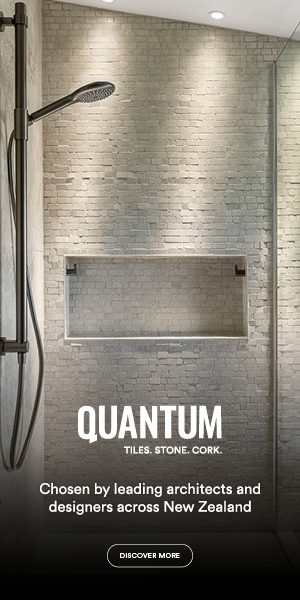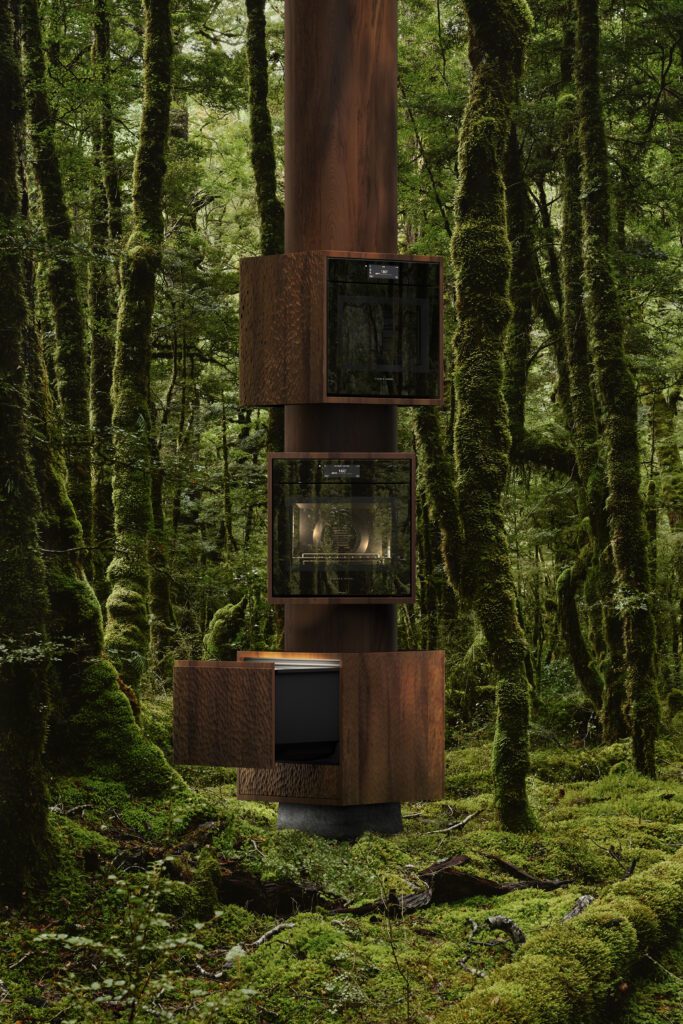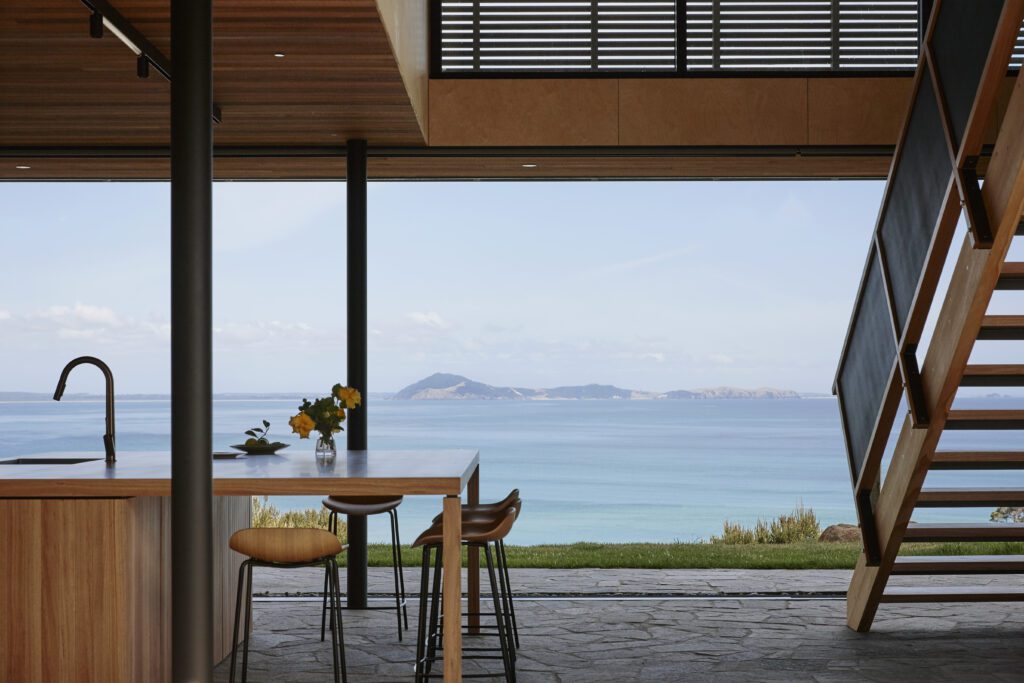Christchurch architect Mitchell Coll designed two small yet robust homes on a tiny city site. He explains why building small is the best thing for sustainability
[jwp-video n=”1″]
Q&A with Mitchell Coll of Coll Architecture
As a champion of sustainable design, what aspect of the home are you most proud of and why?
I believe building small trumps all other sustainable features. I don’t believe adding anything extra to a building can be called sustainable, even if it’s a sustainably sourced product. The most sustainable thing we can do is not build at all. We then need to work our way up from doing nothing to a point where we feel comfortable to live. This house has everything we need in terms of space; it’s also easy to heat, clean, and maintain. I will concede that we could have reduced materials further to have less impact on the environment, but comfort and aesthetics play an important part in extending the life of a building.
Does the footprint on the small pocket of land mean you had to resolve more technical issues than you would normally?
Not really, though the land came with its own technical challenges. The ground was very soft and peaty and it will settle over time. It’s also an area that had a lot of backfilling done over the 160 or so years of human use. Those things, and our own requirement of being able to move the building, meant we needed a custom-foundation solution that would solve a number of issues at once. The small land area really just meant we needed to take plenty of time in overall development planning and space efficiency of the build, but this is something I think is important to do on all projects.
Why did you opt for a petite house over utilising the land for a larger dwelling?
Whether it was us living here, or someone else, we wanted to build a quality development that would last a long time and be comfortable for all occupants. Building smaller allows us to do this in a more financially sustainable way. To build a big house or a lower-density development would force us to cut corners with quality, reducing the life span of the building and risk wasting resources.
How well does the rental situation work in such close confines?
We spent a lot of time considering how the site would be laid out to give full privacy between all occupants. We’ve laid the site out so you really don’t feel you are living in an attached unit. We also used quality products and good detailing for the acoustics on the inter-tenancy wall to ensure no noise is transmitted between units.
[gallery_link num_photos=”5″ media=”https://ct3fd3fhh2t45fd1m3d9sdio-wpengine.netdna-ssl.com/wp-content/uploads/2017/08/CompactHomes4-750×625.jpg” link=”/inside-homes/home-features/two-compact-homes-squeeze-into-tiny-christchurch-site” title=”Read the full story here”]




